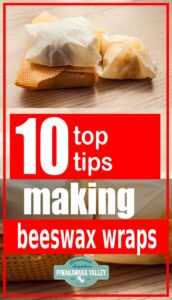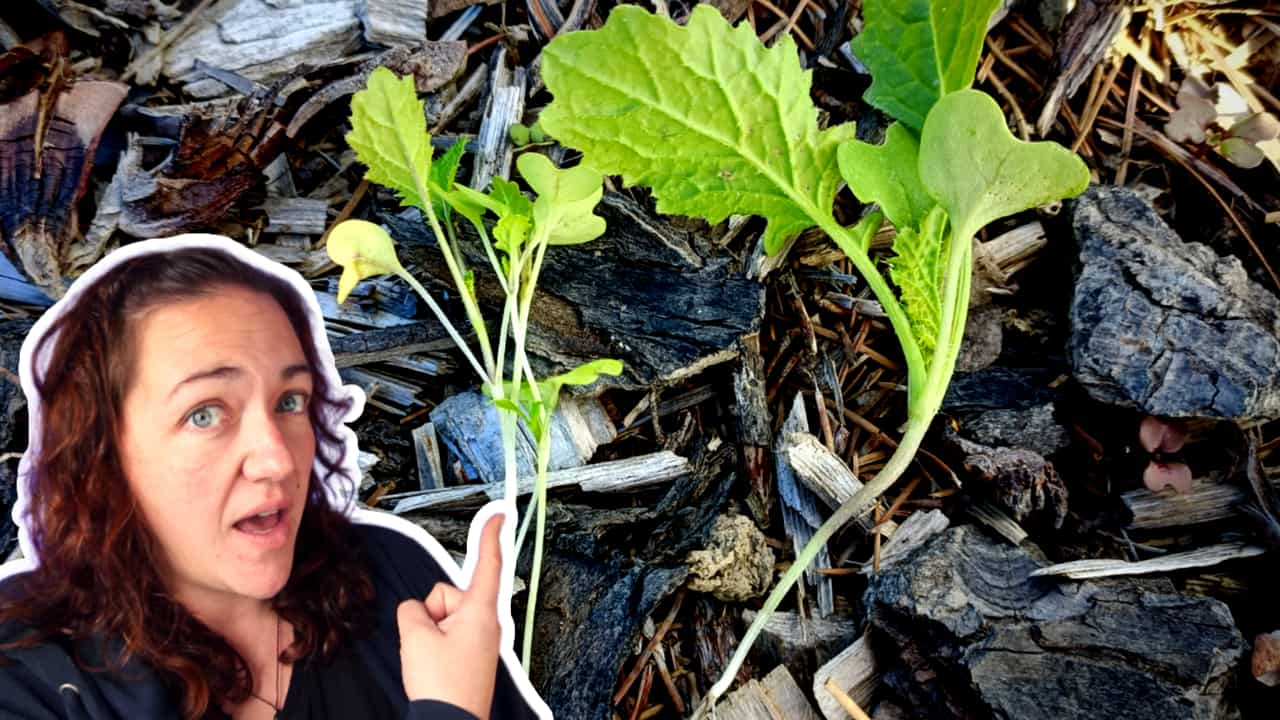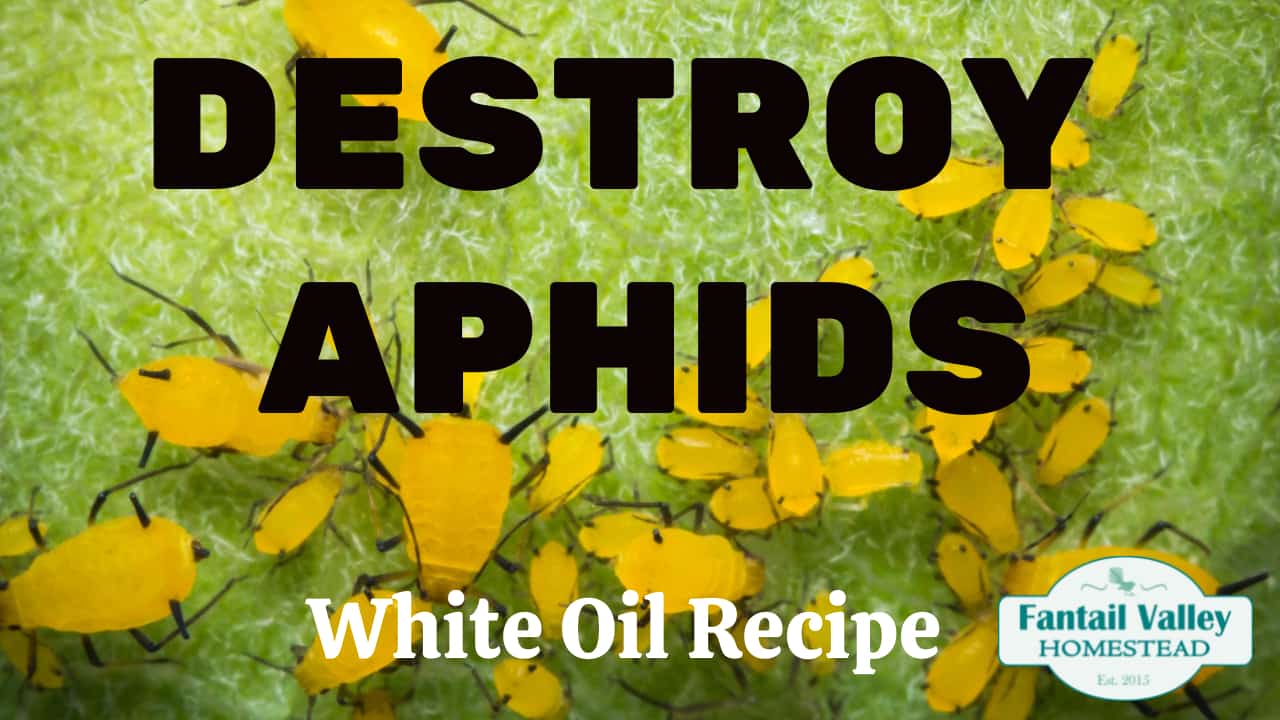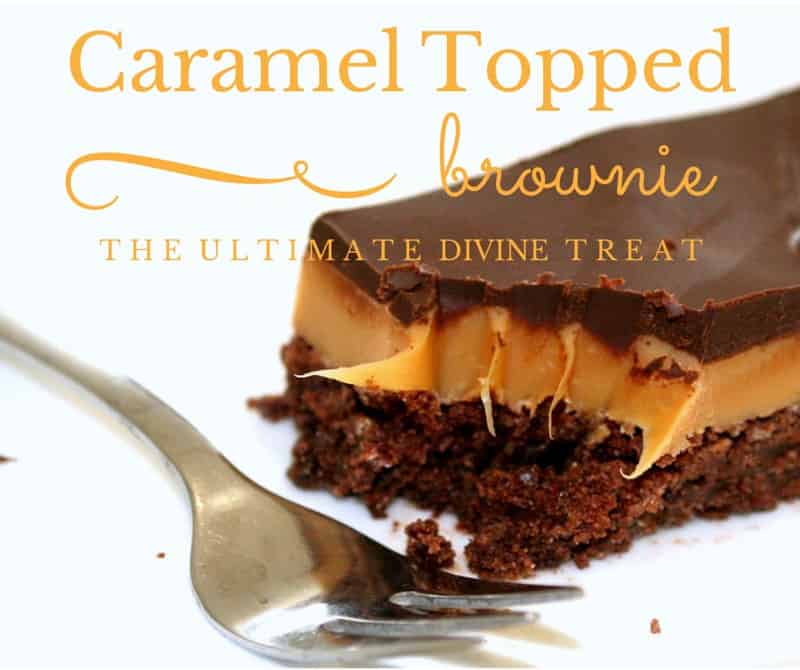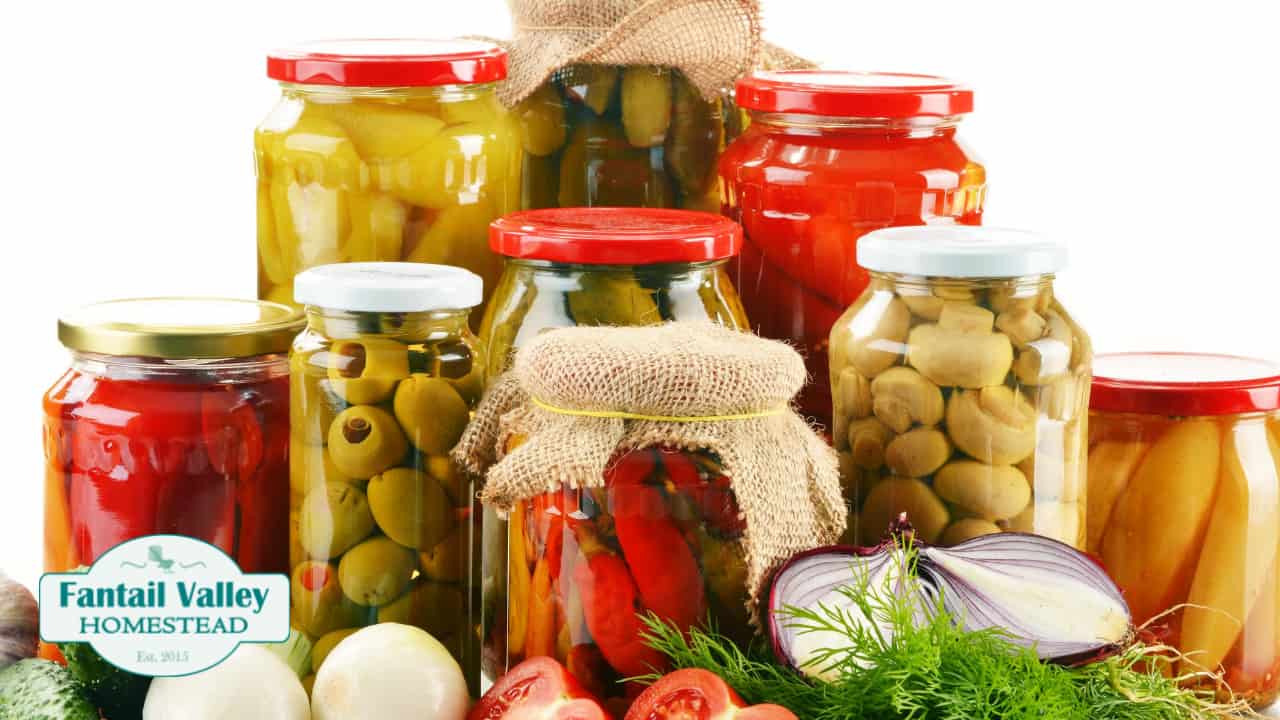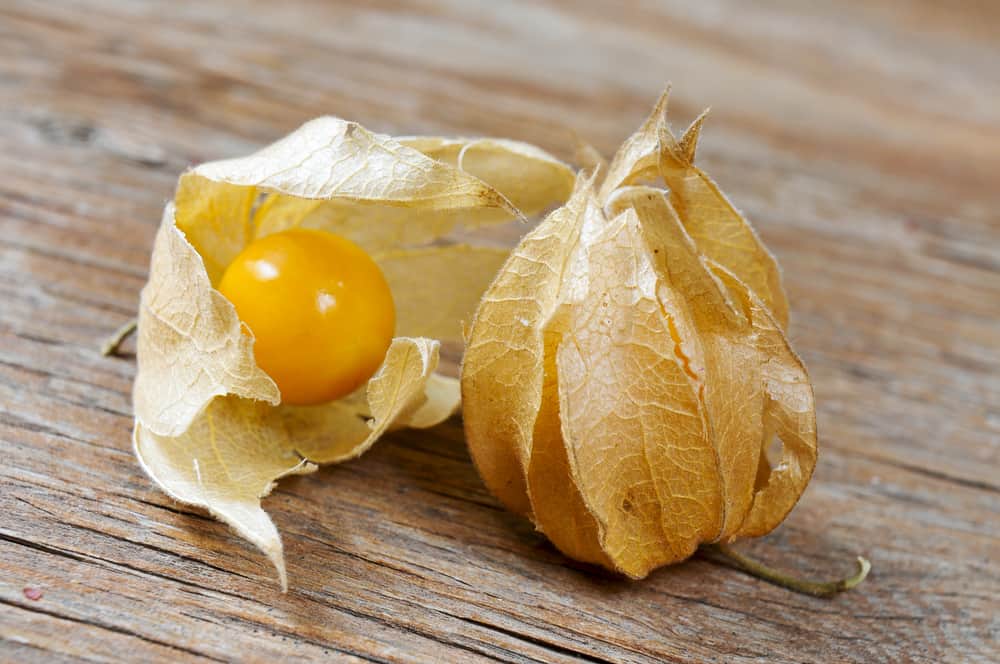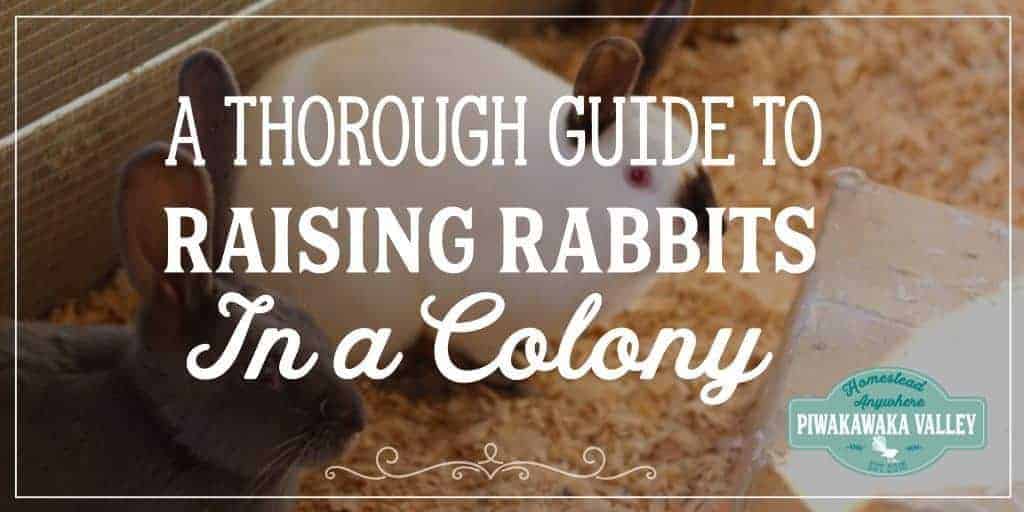Pine resin substitute for beeswax wraps
The most commonly asked question on my post and video about making beeswax food wraps at home is is there a pine resin substitute for beeswax wraps? These beeswax wraps work wonderfully to replace plastic wrap in the kitchen, but below we look at substitutions and alternatives for pine resin in beeswax wrap recipes.
Do you really need pine rosin to make beeswax wraps?
The simple answer is no, you do not need pine rosin (or resin) to make beeswax wraps, they can be made with beeswax alone, or a beeswax/oil combination. However, there are some benefits to using tree resin in your wax wrap mixture.
Please read: This information is provided for educational purposes only and is not intended to treat, diagnose or prevent any disease. We encourage you to make your own health care decisions in partnership with a qualified health care professional.
This post contains affiliate links, this means at no extra cost to you, we make a commission from sales. Please read
our Disclosure Statement
What does pine resin do to the beeswax wraps?
In beeswax wraps, the tree resin adds the sticky, adhesion quality to the mixture which is usually desirable as it allows the wraps to stick to themselves as well as to your plates or bowls. There are ways to make beeswax wraps without the resin as well.
Tree resin is hard at room temperature, but it will melt down in to a sicky syrup consistency at around 300F/150C.
It is worth noting that not all tree resin is equal. There are some tree saps that set hard, some that stay liquid (like maple) and some that are highly toxic. The most common tree resin that are used for making beeswax wraps or other food related items are dammar (damar), pine and frankincense.
Tree resin is often used commercially to add a shiny coating to foods including fruits and confectionary. It is used by artists to make encaustic.
Encaustic consists of natural bees wax and dammar resin (crystallized tree sap). The medium can be used alone for its transparency or adhesive qualities or used pigmented as a varnish or a paint.
Dancers use resin on the bottom of their ballet points to add grip, and frankincense is often burned in traditional religious ceremonies.
RELATED POST: The best beeswax wraps recipe
RELATED POST: How to care for your beeswax wraps
Can you make beeswax wraps without pine resin?
Yes you can. If getting pine resin where you live is proving difficult, you can swap it out in recipes at a one to one ratio with Dammar (damar) resin or frankincense.
Pine resin does smell stronger than damar or frankincense and some people don’t like the stronger smell of the pine.
Can you make beeswax wraps with just beeswax?
My preferred recipe for making diy beeswax wraps is here. However, you can make beeswax wraps at home without anything more than just beeswax. These wraps are quick and easy to make, and you can use the oven or an iron.
How do you make homemade wraps with just beeswax?
To do this you will need about 20g of grated beeswax or beeswax pastilles.
Beeswax comes in both yellow and white, it does not matter which one you choose to use.
You will need some clean and pressed cotton fabric. 100% cotton bed sheets or quilting cotton fabric is perfect. For a sandwich sized wrap you will want a square 30cmx30cm or 12 inches x 12 inches.
You can either do this in the oven, by preheating it to 300F or 150C and covering a baking sheet with either aluminum foil or parchment paper. Or you can use an iron on the ‘cotton’ setting.
Lay your fabric on a piece of baking paper or parchment paper and scatter the beeswax over it evenly.
If you are baking it, place it in the oven for 3-5 minutes or until the beeswax is evenly melted, you might need to use an old pastry brush or paint brush to help spread it around evenly while it is hot and liquid.
If you are using an iron, place a second piece of paper on top of your beeswax covered fabric and iron it well to melt and spread the wax. Be sure to do this on a folded towel or ironing board so as to not damage the surface underneath.
Once it is evenly distributed with either method, carefully lift the fabric and hang it to cool.
What is the difference between pine resin and pine rosin?
Often used interchangeably in instructions and blog post articles, pine resin and pine rosin are actually two different substances.
Pine resin is the sticky sap produced by pine trees when they have been injured. Pine rosin is the end result of the distillation of turpentine and other volatile oils from the raw pine resin.
Pine resin is a sticky, flammable, organic substance, usually amber or dark orange/brown in colour. It is insoluble in water but can dissolve in ether or alcohol or oils. It is exuded by some trees and other plants (notably fir and pine) when their bark layer has been damage. The resin acts as a natural bandage with antibacterial and antifungal benefits.
Pine rosin is a hard, amber coloured, solid form of resin, obtained from raw liquid resin by vaporizing its volatile components, crude turpentine oleoresin, or of naphtha. It is used in adhesives, varnishes, and inks and for treating the bows of stringed instruments, and the toes of ballet point slippers.
Can you eat pine resin?
Many people are asking if pine resin, also known as pine rosin, pitch or colophony, is food safe. There is no ‘E’ number for pine resin, so it cannot be added in to food, however some levels of pine resin do have FDA approval for being used on food or food related items.
Pine Resin is made from the turpentine ( oleo-resin ) harvested from different types of pine tree which is then boiled to remove the essential oils. This leaves a brittle solid ranging in color from the lightest yellow to a deep red-black.
These are graded
- A: darkest
- K: yellow-red
- M: yellow-brown
- N: deep yellow
- WG: window glass (mid yellow)
- WW: water white (palest yellow)
The EU regulations allow you to use any of these on things that might touch food whereas the US regulations require you to use level K or lighter.
It is worth noting that some people have pine allergies or sensitivities, and if that is the case, it is best to avoid pine resin in your beeswax wrap.
Be sure that you know what variety of pine you are using if you are planning on harvesting your resin yourself. Not all conifer species are safe for humans. White or red pine is safe, the inner bark is edible and the Native Americans and other traditional cultures would chew the pitch like chewing gum, and use the bark, leaves and resin in traditional medicines.
However, the ponderosa pine and the yew are both known as being toxic to both animals and humans.
Can you eat Damar resin?
Dammar, also called dammar gum, or damar gum, is a resin found in India and East Asia. It is commonly used by artists to make paint or varnish. However, it is also non toxic, and approved by the FDA for use on food and food related items.
In Germany damar resin is known as Cat’s eye resin.
Damar resin crystals come mainly from Malaysia and Indonesia, and are graded in 3 stages being number 1 the nearly transparent in color and then sorted by size from A (big crystals) to F (powder). Dirt, twigs, rocks, and other impurities are also commonly present in the resin crystals.
Damar resin has low toxicity but the resin power can cause allergies if you breathe it in. Damar resin can be stored indefinitely in an air tight container in a dry and dark place.
Can you use dammar resin to make beeswax wraps?
Dammar (or damar) resin makes a good alternative to pine resin in beeswax wraps recipes. Dammar resin smells less strong than pine resin, and it can be a better option for those that have pine allergies or sensitivities. It can be used in the same ratio at pine resin to make a less strong smelling beeswax food wrap, you can get it here.
Dammar resin comes from Asia, it is readily soluble in alcohol. It is much-esteemed in Asia for incense burning and is used in lacquers and varnish as well as in food glazes and you can often find it through niche art supply stores for making encaustic paint.
Can you use frankincense resin to make beeswax food wraps?
Frankincense resin is more commonly used in incense and perfumes for its unique scent. It is more of a luxury ingredient for many places of the world, but if you happen to have access to it, it works very well in combination with beeswax and oil to make a sweet smelling food wrap. You can get it delivered to your door here.
Can you use soy wax not beeswax to make food wraps?
If you are looking for a vegan alternative to using beeswax for making food wraps, you can use soy wax instead. Soy wax that is suitable for using to make candles will work in place of beeswax, you can get it from Amazon here.
Be aware that soy wax is softer with a lower melting point than beeswax, so it might not be as durable, and you might need slightly more resin to firm it up.
How can you melt tree resins properly?
If you are making DIY beeswax wraps and you are trying to melt resin in to beeswax, you might find that you struggle to get it to melt in properly. Beeswax melts at around 65C/150F and resin needs to be at least 110C/230F to melt.
Beeswax and resin are both also flammable, so you will find many instructions suggest using a double boiler to prevent direct flame heat to reduce the risk of a fire. The problem with this is that it is very difficult to get a liquid in the top of a double boiler to get much more than 100C (boiling point).
If you are struggling to get your pine resin to melt in to your beeswax there are a few things that you can do to help:
1) Use the microwave.
This is probably the easiest solution to this problem. Heat the wax and resin in a glass bowl for 1 minute on high, stir it well and then continue heating and stirring at 30 second intervals until it is all melted and combined.
2) Avoid the double boiler
If your stove is not an open flame (gas) and you feel happy with this choice, you can heat the pot directly on the element. Be sure to keep the lid immediately at hand so if it starts smoking (or bursts in to flame) you can place the lid on top immediately. Throwing salt or baking soda on it would also help. I have not actually heard of it ever bursting in to flame, and the most I have ever had is a little smoking if the beeswax gets too hot. You must stay by it at all times and watch closely, beeswax doesn’t just go from melted to on-fire, it will smoke heavily first as a warning to remove it from the heat. Let’s use our common sense on this one.
3) Crush your resin
The smaller the pieces of resin that you use, the faster that it will melt. Crush it with a mortar and pestle, or buy it in powdered form (like this) for easiest, fastest results.
3) Pine resin dissolves in alcohol
If you are still having resin melting issues, dissolve it in some alcohol – vodka works well. Stir it until dissolved, and then add it to your beeswax mixture, the vodka will boil off quickly (you know it is gone when it stops steaming) leaving you with resin mixed through your melted beeswax.
Do beeswax wraps make food taste funny?
The nature of the ingredients in beeswax food wraps do impart a slight (not unpleasant) scent to food that is wrapped up in them.
This is more noticeable when the wraps are new, and it reduces as the volatile oils slowly dissipate.
Wraps made with pine resin will have the strongest influence on flavor and smell, with damar resin having less of a taste/smell.
RELATED POST: The best beeswax wraps recipe
RELATED POST: How to care for your beeswax wraps
Where can you buy resin to make beeswax wraps?
Considering how popular making your own beeswax wrap has become, getting your hands on the raw ingredients can still prove to be difficult for many.
Amazon stocks many of the items, but not everyone is able to get this shipped to their country. All is not lost – chances are there is a tree resin available in your country already if you know where to look.
The trick to finding tree resin in your area is to look at other uses for it.
Craft specialist stores
The first place I would look is online at soap making and candle making supply places. Often they will have the things required to make beeswax wraps, and some even sell DIY beeswax wrap kits. These are also often the places that you would buy your beeswax pellets/ pastilles and jojoba oil.
Ballet and gymnast supply shops
Tree resin, particularly pine rosin is used on the end of ballet point shoes and on gymnasts hands to add grip. It is commonly sold as gum rosin flour or finely ground gym gum. Colophony is another term you might see mentioned.
Church supplies
If it is frankincense you are looking for try looking for Greek orthodox or Catholic church supply stores.
Art shops
Paint specialist stores will stock tree resin for making encaustic paint and varnish.
Try to look for tree resin that is food grade as these are the ones that have official approval to be used around food. Usually this means that they have been heated and filtered before being sold. If you are planning on harvesting your own tree resin, be sure to check what species the tree is, and be sure that it is a non toxic variety.
In New Zealand I get my damar resin from here, however I have seen recently that the Warehouse and the Stationary Warehouse also stock it.
